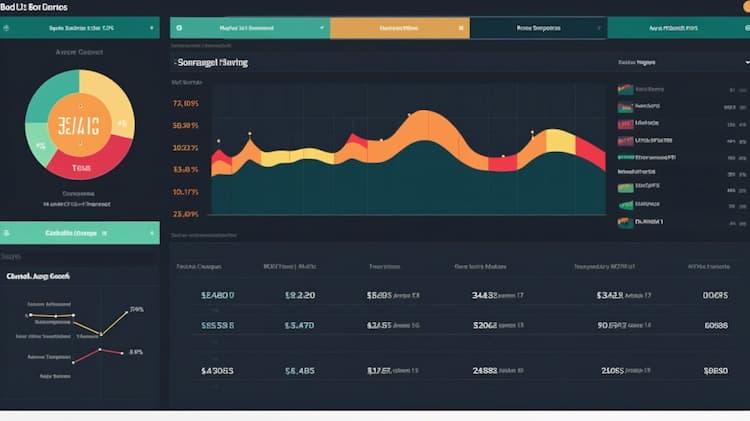
TIP VS IEF
Exchange-Traded Funds (ETFs) have become an integral part of modern investing, offering investors diverse options to build their portfolios. In this article, we'll embark on a detailed exploration of two popular ETFs: TIP (iShares TIPS Bond ETF) and IEF (iShares 7-10 Year Treasury Bond ETF). We will dissect these financial instruments, focusing on their tickers, full names, issuers, sectors, top holdings, capitalization, strategies, tracking methods, and exposure.
TIP VS IEF: Overview
TIP and IEF are both fixed-income ETFs, but they cater to different segments of the bond market. TIP primarily focuses on Treasury Inflation-Protected Securities (TIPS), which are bonds designed to protect against inflation. In contrast, IEF tracks U.S. Treasury bonds with maturities ranging from 7 to 10 years. Understanding these distinctions is crucial for investors seeking to fortify their portfolios with bonds that match their financial objectives and risk profiles.
TIP VS IEF: Sectors and Top Holdings
When it comes to sectors and top holdings, TIP predominantly includes TIPS issued by the U.S. Treasury. These bonds are indexed to inflation and are considered a safe haven against rising prices. On the other hand, IEF invests in a diversified portfolio of U.S. Treasury bonds, with an emphasis on those maturing between 7 to 10 years. Assessing the sectors and top holdings of these ETFs can help investors decide which one aligns better with their investment strategy and economic outlook.
 TIP overlap TIP VS IEF
TIP overlap TIP VS IEF
TIP VS IEF: Capitalization and Strategy
Capitalization and strategy are key factors differentiating TIP from IEF. TIP has garnered a substantial Asset Under Management (AUM) due to its role as an inflation hedge, attracting investors concerned about preserving their purchasing power. IEF, on the other hand, focuses on intermediate-term U.S. Treasuries, offering a balance between income and moderate interest rate risk. The disparities in capitalization and strategy translate into distinct risk-return profiles that investors should carefully evaluate.
TIP VS IEF: Tracking and Exposure
TIP's primary objective is to provide investors with exposure to the performance of TIPS, which are linked to changes in the Consumer Price Index (CPI). This means that TIP's returns are directly influenced by inflation trends. In contrast, IEF tracks U.S. Treasury bonds, with a focus on intermediate maturities. Investors in IEF are exposed to fluctuations in interest rates, which can impact bond prices. Understanding the tracking mechanisms and exposure characteristics of these ETFs is essential for crafting a well-balanced portfolio.
Conclusion
TIP and IEF serve unique roles in fixed-income investing, catering to investors with varying objectives and risk tolerances. To delve deeper into the intricacies of these ETFs, including their holdings, correlations, overlaps, and other valuable insights, consider using ETF Insider. This user-friendly app offers a wealth of information on a wide range of financial instruments, empowering investors to make informed decisions.
Disclaimer: This article does not provide any investment advisory services.
TIP ETF issuer
TIP ETF official page
TIP quote and analysis
Discover the top holdings, correlations, and overlaps of ETFs using our visualization tool.
Our app allows you to build and track your portfolio.
To learn more about the TIP iShares TIPS Bond ETF, access our dedicated page now.





